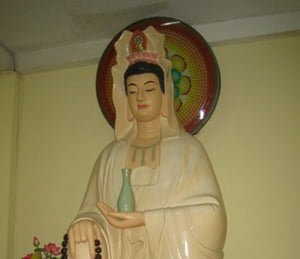
I have spent the past few weeks in
Cambodia, researching my new book.
While there I was lucky enough to make contact with the Khmer Youth Writer's Association, an incredible bunch of young people who are passionately and energetically writing, creating and publishing in a way that made me feel like a lazy old hack. I wish I'd had even an ounce of their energy and enterprise when I was their age. As a body they are madly self-publishing their own work, as well as submitting material to the publishing houses of Phnom Penh. And they are successful at it, too - I kept seeing their books in the city's bookshops.
My dear friend Chanphal Sok is one of the group's luminaries. A successful commercial songwriter, Chanphal is also a novelist, and he was kind enought to give me inscribed copies of his previously published works, including the bestselling
Gentleman's Love.

Just as I was leaving he was about to launch his newest book,
Winter Love.

Unfortunately I had to go before I saw a finished copy. I promised Chanphal that this year I would do my very best to learn
Khmer, using his writing as my textbooks. I haven't got very far yet, but I do intend to make more of an effort.
When I went to
Cambodia I only took one copy of
Destination Saigon with me, in case I should be called upon to prove my bona fides. Of course, I realised instantly my error, because many of my writing friends, most of whom spoke excellent English and regularly read English books, were desperate for a copy. Fortunately my partner,
Thang, was due to visit me in
Phnom Penh, and I prevailed upon him to bring a half dozen extra copies of the book for distribution.
Imagine my delight when Chanphal posted on his Facebook page (and can I mention here what a phenomenal social force Facebook is in
Cambodia? Young
Phnom Penh-ese use it as a principal form of communication, and some of them have Facebook friends in the thousands!) a picture of his copy of my book, lying casually in his room, obviously read. What an immense feeling of satisfaction it gave me!
I felt foolish when, just a day or two before I was scheduled to leave, I discovered that
Phnom Penh's wonderful bookshop,
Monument Books, had plenty of copies of
Destination Saigon in stock, so I could have been buying and distributing them all along!















